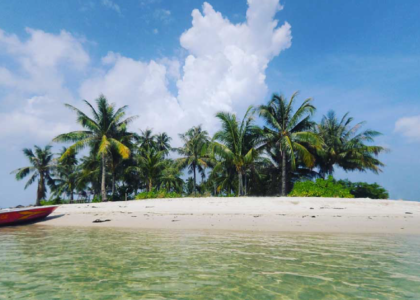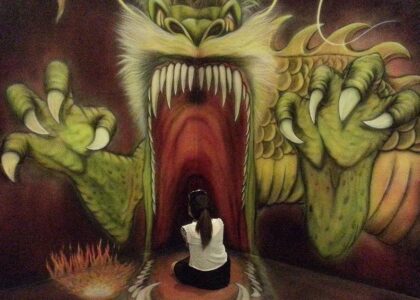Goa Gajah, famously known as the Elephant Cave, is a significant archaeological and historical site located near Ubud in Bali, Indonesia. Dating back to at least the 9th or 11th century, it originally served as a sanctuary for Hindu priests and Buddhist monks, showcasing the island’s rich syncretic religious history.
The site is most renowned for its mystical cave entrance, intricately carved into a rock face with a fierce, demonic face emerging from the foliage. This figure is often interpreted as Boma or Kala, intended to ward off evil spirits.
Inside the dimly lit, T-shaped cave, visitors can find ancient relics, including a statue of the Hindu god Ganesha (the elephant-headed deity) and a Shiva lingam and yoni, emphasizing its Hindu roots. Buddhist imagery, like stupa remnants, has also been found nearby, confirming its shared spiritual importance.
Outside, the complex features ancient bathing pools with stone-carved water spouts shaped like celestial maidens, symbolizing ritual purification. Despite its name, no actual elephants live there; the name is thought to derive from the nearby Elephant River (Lwa Gajah) or the Ganesha statue inside. Rediscovered by Dutch archaeologists in the 1920s, Goa Gajah remains an active place of worship and a profound link to Bali’s ancient past.






